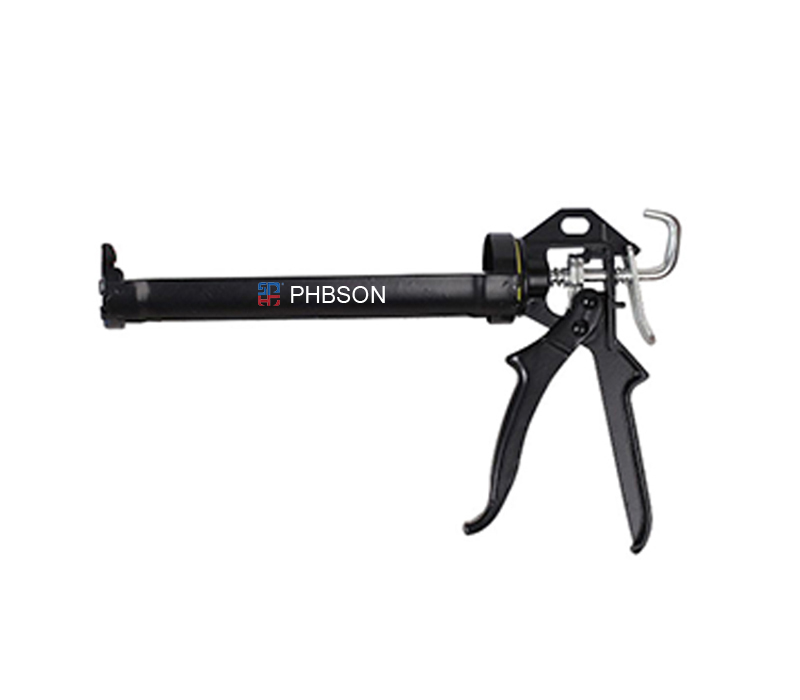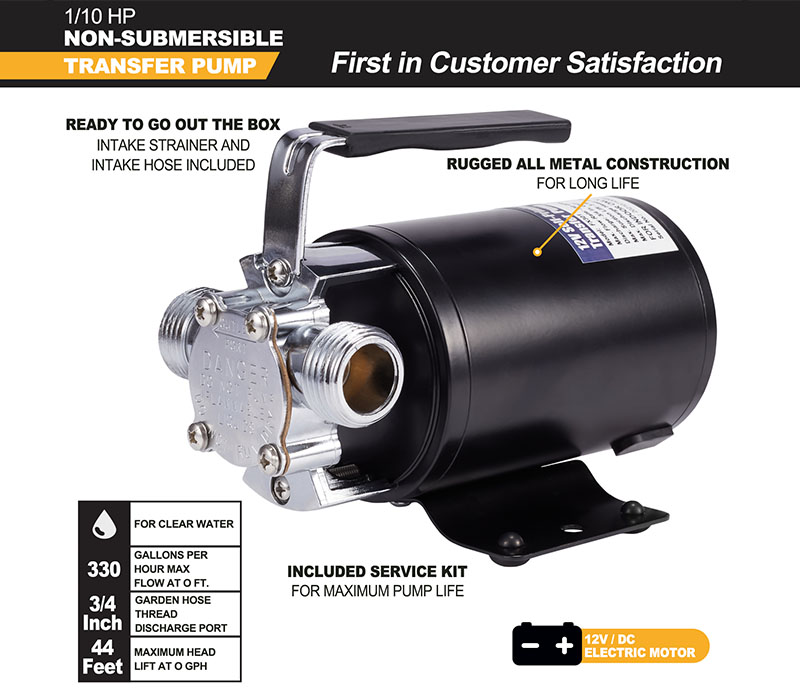A grease gun is a portable tool for lubricating machinery and equipment. They're commonly used in auto shops, but they can also be useful for a variety of other applications.
There are many different types of grease guns, but they all use a pump to dispense a lubricant. Manual pumps rely on hand strength and tend to be more portable than pneumatic or electric ones.
A grease gun is a tool used to apply lubricants to mechanical components. They work by pumping a lubricant through the aperture of a grease fitting or "nipple."
These are typically hand-powered, though some can be electric or battery-powered. They can be useful for a variety of jobs in a workshop or garage, including industrial maintenance and auto repair.
However, they are not without their hazards and should only be used under supervision. It is also important to maintain a clean working environment.
For example, make sure that the area you are greasing is free of flammable materials or gas that could cause a fire. Additionally, avoid letting lubricant spills fall on or into your feet or hands.
Depending on the type of grease gun you use, it may be necessary to prime the device before it can be used. This is done by pumping the handle of the gun repeatedly until the nozzle begins to fill with grease.
Safety Measures
When using grease guns, it is important to take precautions. These include wearing gloves and safety glasses, keeping the gun in a safe and clean environment, and cleaning the gun regularly.
In addition, it is important to use a quality grease gun with a high-quality hose and couplers. This will ensure that the gun is working efficiently and that the user isn't causing any damage to the equipment or other people.
It is also important to keep the nozzle and follower rod clean before use. This will help prevent the risk of pressurizing the hose or damaging the bearings or the gun itself.
It is also important to take extra care when using a pneumatic grease gun and to use an attachment that will protect the needle point from being accidentally slipped off. This can cause serious injuries to the fingers and hands.
Cleaning
A clean grease gun is an important part of a well-oiled machine. A dirty gun can cause inconsistencies in lubrication, which can result in costly repair bills and equipment downtime.
A grease gun also needs to be stored in a dry, cool environment. Keeping it in a warm area can damage the gun's components and increase the risk of fire.
Grease guns must be cleaned before and after every use to prevent contamination from dust and debris. The gun also should be inspected for working parts, as a clogged nozzle can affect the flow of grease and lead to leaks.
To keep a grease gun clean, it should be loaded with a new cartridge that is made with high-quality base oils and thickeners. Mixing incompatible greases can cause a gun to fail to dispense lubrication properly, and may even damage the tool.
Maintenance
Grease guns are a handy tool that can help you lubricate tools, vehicles and heavy machinery. However, they must be maintained properly to ensure their usefulness and safety for the user.
When choosing a grease gun, look for a model with an ergonomic handle design that makes it comfortable to hold and operate. This can improve efficiency and reduce hand fatigue.
For best results, consider a model with multiple nozzle options to provide a more precise application of lubricant. Additionally, look for a product that is built with lightweight materials and cushioned grips to improve the overall user experience.
Grease guns deliver pressure up to 15,000 pounds per square inch, so it’s important to pump them slowly and accurately when using them. Attempting to force a large amount of lubricant into equipment can cause back pressure, which breaks seals and could lead to other problems. It is also a good idea to use a grease gun with pressure gauges and an automatic shut off feature.
CALL BACK:
(0)
My Cart
- Home
- About Us
- Product
- Pump
- Battery
- Fuel Equipment
- Auto Tools
- Gallon Oil Drain
- Oil Drip Tray
- Profile Oil Drain
- Oil Drain Pan
- Portable Fule Tank
- Manual Fluid Extractor
- Grease Guns
- Polisher
- Fluid Extractor
- Action Waxer
- Folding Tool Box
- Hydraulic Spring Compressor
- Hose Reel
- Shop Crane
- Code Reel
- Engine Stand
- Motor Repair Tools
- Engine Support
- Parts
- Fender Reforming Tool
- Pneumatic Tire Spreader
- Car Ramp
- Yacht Tools
- Cargo Management
- Trailer Accssory
- Food Processing
- Camping Products
- Construction tools
- Lighting
- Power Tools
- Air Tools
- Products for Pet
- Ramps
- News
- Contact

 English
English Español
Español















